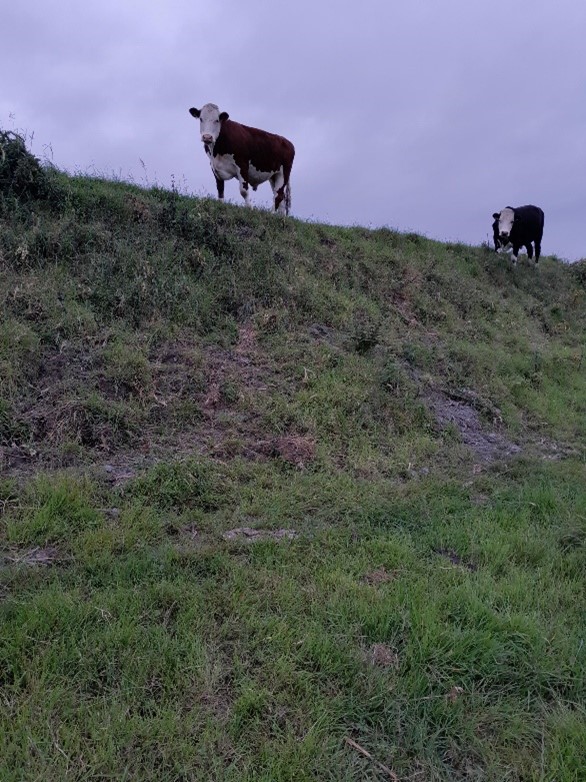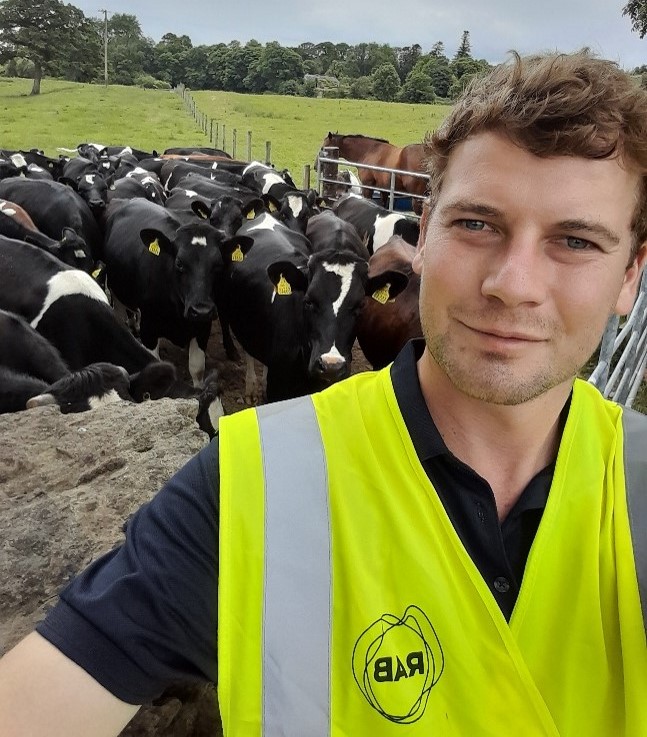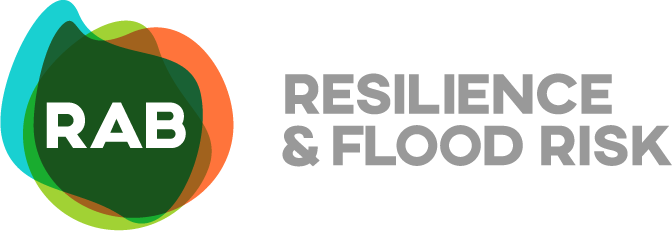Working in remote locations invariably results in encounters with various wildlife. Sometimes these are positive encounters (see our Playful Otter post last month), and occasionally they are negative!
Earlier in the year the Engineering Team visited Shannon and Limerick in Ireland to undertake T98 asset inspections of embankments and sluices on behalf of the Office of Public Works (OPW). Several of the embankments housed cattle, which is not uncommon and included in our health and safety risk assessments. However, on this occasion they began acting in a hostile way towards us being ‘on their land’. This added an element of danger to our inspections, particularly because we were working alone.
As a result, we quickly moved into dynamic risk assessment mode and adapted our operating procedures to include:
- Changing our text check-in time from every two hours to every hour.
- Addition of voice calls between team members at specific times.
- Purchase and carry of broom handles to help retain a safe distance between us and the cows if they approach (we also found these to be a useful deterrent and made the cows less likely to start to approach).
We have subsequently amended our health and safety risk assessment and operating procedures to include a range of measures including:
- If feasible ask landowners to move the cattle off the land for the time of inspection or be in attendance.
- No lone working, work in pairs at all times for extra safety and in case of injury.
- Try to keep a fence between you and the cattle where possible.
- Completely avoid areas containing bulls and give cattle with calves a very wide berth.
- Do not enter any section of embankment containing cattle which are acting in a hostile or protective manner.
- Broom poles or walking poles must be carried at all times for protection against rapidly changing and hostile bovine behaviour.
This revised risk assessment and protective measures should ensure we are safe upon our return to Ireland for further work this month.



